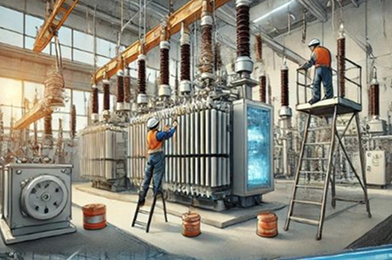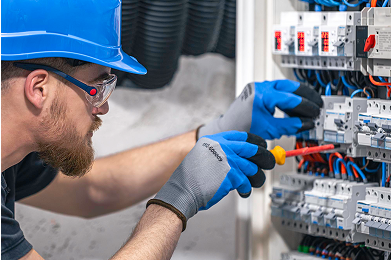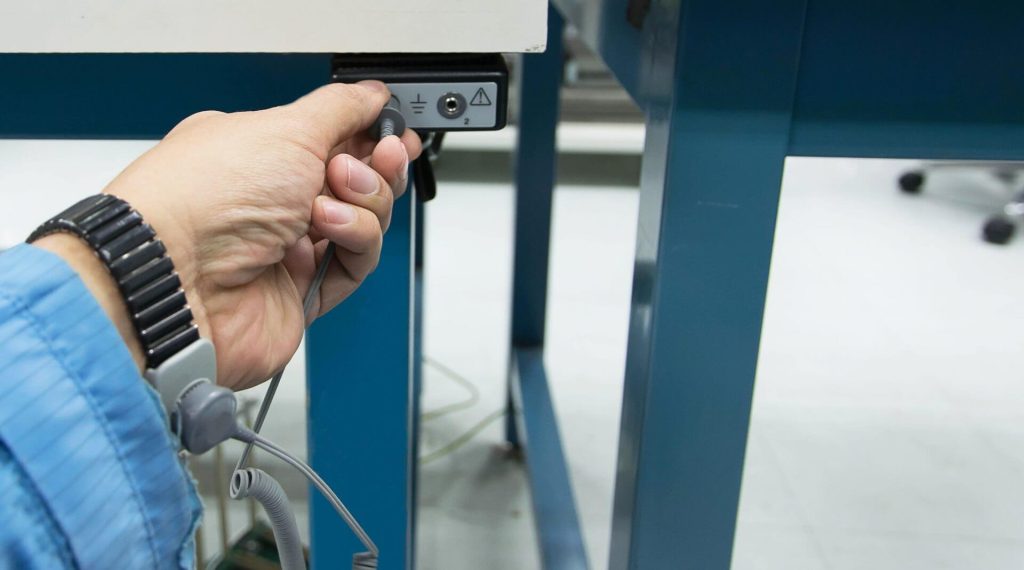Interphase spacers, as an important component in power transmission and distribution lines, play a vital role in the safety and efficiency of these lines. This article introduces interphase spacers, their types, and their applications in power lines.
Introduction
Power transmission and distribution lines, as part of the critical infrastructure in modern societies, need protection and safety. Interphase spacers, as an important component in these systems, are responsible for keeping the conductors of power lines separate and preventing events such as arcing and short circuits. This article discusses interphase spacers, their types, and their role in power lines.
What are interphase spacers?
Interphase spacers consist of a fiberglass rod on which a silicone rubber injection coating is created and umbrellas are installed on it. These spacers are used in power transmission and distribution lines to keep conductors separate from each other and prevent unwanted phenomena such as galloping.
Types of interphase spacers
Interphase spacers are divided into three main categories:
1. Rigid integral interphase spacer
These types of spacers are among the most basic interphase spacers and have a rigid and integral design. They have problems such as difficulty in maintenance and applying high compressive force to transmission and distribution lines.
2. Flexible integral interphase spacer
These spacers are flexible and perform better in bending and torsional loads. They are easier to maintain and maintain than rigid spacers.
3. Multi-section flexible interphase spacer
These spacers, like joints, can rotate in several different directions and are suitable for different atmospheric conditions. They have high flexibility and perform well in various mechanical loads.
Applications of Interphase Spacers
Interphase spacers are used in power transmission and distribution lines to prevent galloping and the problems caused by it. Galloping is a phenomenon that occurs due to melting ice and snow on conductors and can lead to severe fluctuations and damage to electrical equipment.
Advantages of using interphase spacers
The use of interphase spacers has many advantages:
Line protection: Interphase spacers prevent events such as arcing and short circuits and make the lines safe.
Line compression: These spacers help to compress the lines, thereby increasing the efficiency of the system.
Resistance to weather conditions: Interphase spacers have high resistance to wind, rain, snow, and frost and prevent damage to the lines.
Interphase Spacer Installation Location
Interphase spacers are installed between two conductors and are suspended on both sides by an insulator. The exact location of the spacers is based on specific calculations to prevent standing waves in the spans.





